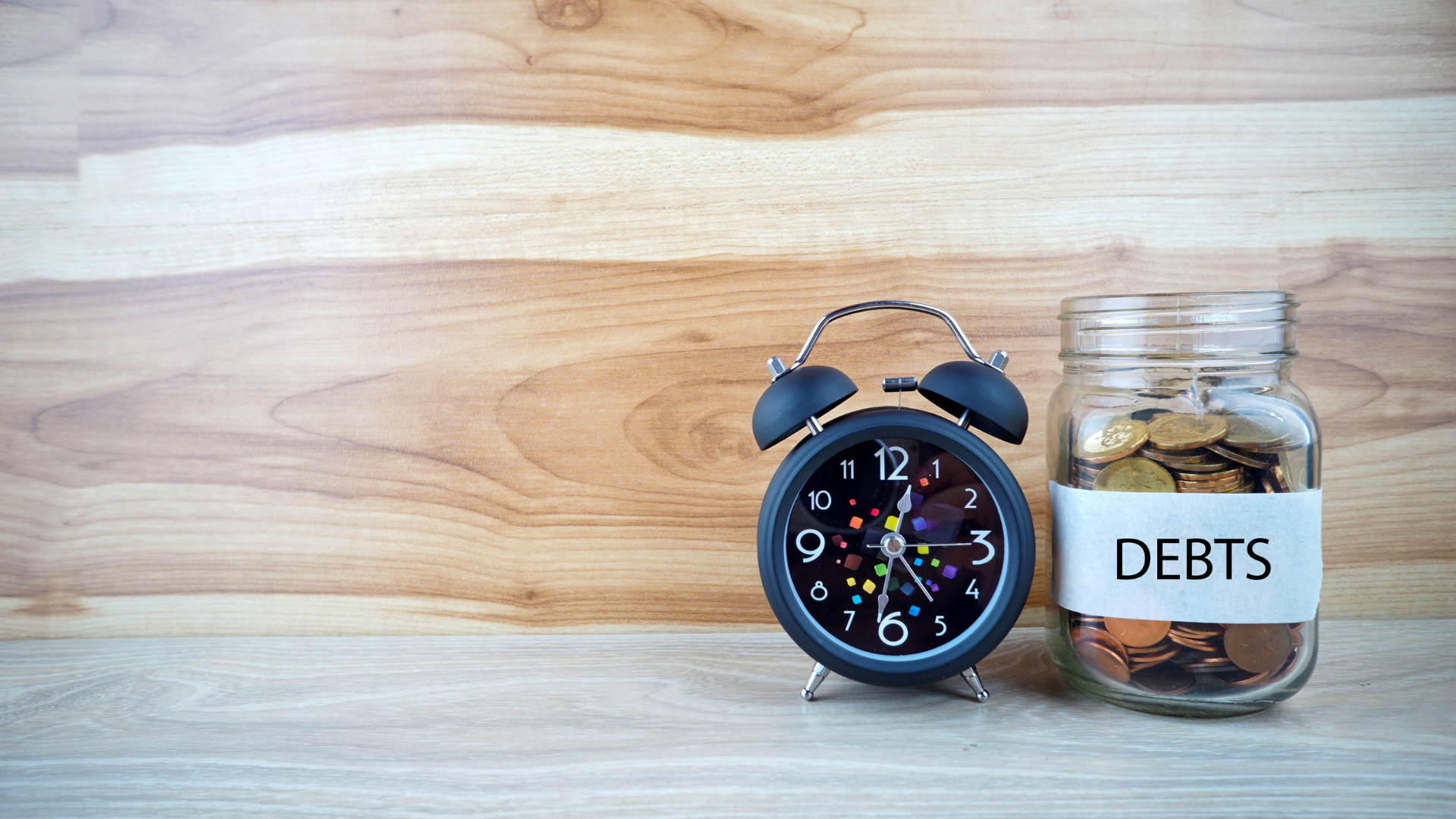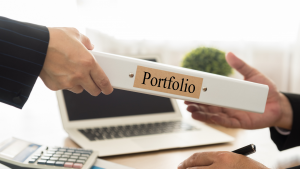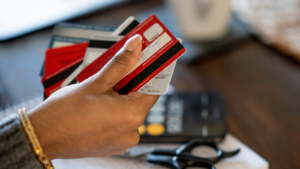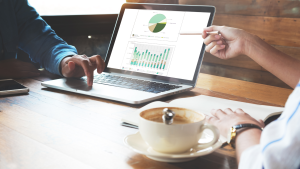There are a lot of personal debts that we take on from time to time, and sometimes it can feel like it’s impossible to get out of debt. But if you’re determined to get out of debt, there are some steps you can take to make the process easier. In this blog post, we’ll be discussing some tips on how to stop the debt cycle from happening in the first place.
How Debt Works
Debt is a problem that affects both individuals and businesses. When you take on debt, you agree to make payments back to the lender over some time. The amount of time that you have to pay back the debt will depend on how much money you borrow and the terms of the loan.
When you take out a loan, you are usually given months or years to repay it. If you can afford to pay back your debt within the specified period, your credit rating may improve, and you may find it difficult to get loans in the future.
You can reduce or eliminate your debt by using budgeting tips and ensuring you are aware of your spending patterns. You can also offer some repayment plans to lenders if they are willing to work with you.
The Three Ways to Pay Off Debt
There are three main ways to stop the debt cycle:
- Cut expenses: One way to cut your expenses is to look for ways to reduce your overall spending. This can be done by looking at your daily routine and cutting back on unnecessary items or by finding cheaper alternatives to popular products.
- Increase income: Another way to reduce your debt load is to work towards increasing your income. This can be done by finding a new job, starting a business, or increasing your hours at your current job.
- Balance the budget: The final way to stop the debt cycle is to balance your budget each month. This can be done by tracking all of your spendings and making sure that you are not overspending on certain areas of life while neglecting others.
In some cases, it might become necessary for you to sell off some of your more valuable assets in order to pay off your debts. For instance, many people might choose to sell their home or other property they own in order to tide things over. While this can be a very difficult decision, it can be beneficial in giving you a fresh start and cover your debts. Tying up with buyers found at sites like https://webuyhousesinatlanta.com/woodstock/ (and similar others) can also help make this process easier, allowing you to get the most out of this situation.
Types of Debt
Debt can be broken down into two main types: public and private. Public debt refers to loans issued by the government, while private debt is any debt that is not publicly issued.
There are a few different things you can do to get out of a debt cycle:
- Make a budget and stick to it.
- Save your money.
- Get a job that offers good benefits.
- Consolidate your debts into one payment every month.
- Talk to a financial advisor about your options for getting out of debt.
The type of interest being charged can also classify debt. Interest can be charged on a variety of different types of debt, including:
- Credit card debt: This type of debt typically has high-interest rates, which can add up over time.
- Student loan debt: This type of debt can be very costly and often comes with mandatory payments that can be difficult to stick to.
- Mortgage debt: This is one of the most common types of debt, and it can be a big financial burden if you don’t have the money to pay it off right away.
- Auto loan debt: This type of debt usually comes with variable interest rates, which means that your payments will fluctuate over time.
- Personal loans: These are small loans that are usually used for emergencies or short-term financial needs.
If you struggle to pay your debts off promptly, it may be helpful to talk to a financial advisor about your options. They can help you understand your finances and devise a plan to get out of debt faster.
The Cost of Debts
Debt is a major financial burden that can have a negative impact on your life. It can lead to financial problems, such as the inability to afford a house or car, and can prevent you from getting ahead. If you are in debt, there are several things you can do to get out of it.
The first step is to understand your debts and how they are affecting your life. You need to figure out which debts are contributing most to your financial problems and take steps to repay them as quickly as possible.
Another important step is to establish a Debt Management Plan (DMP). This plan will help you identify debts you can’t or don’t want to pay back immediately and set realistic goals for paying them off over time.
If you find that debt is causing serious financial problems, options are available for debt relief. There are many programs available that can help reduce or eliminate your debt burden. Some require strict guidelines and regular payments, while others allow for more flexibility. Finding the program that best suits your situation and meets your needs is important.
What is not an option is running away. Some people are under the impression that if they can just stay out of sight, they can avoid their debt altogether. What they don’t realize is that most lenders today are backed by services like private investigation (visit the website to learn more) through which they can easily track their debtors down. Hence, this would not be a practical or ethical solution for you as a lender.
Steps to Take When You’re in Debt
To stop the debt cycle, there are a few key steps you need to take.
The first step is to assess your situation and figure out where you are currently in the debt cycle. This will help you identify which steps need to be taken next.
The second step is to create a plan of action that will help you reach your goals. This plan should include details on how much money you need to save each month, what bills you will have to pay more attention to, and when you want to start paying off your debts.
The third step is to adhere to your plan of action. If you miss a payment or don’t follow through with your other obligations, it will be harder for you to achieve your goals.
The fourth and final step is to stay positive and remember that this process won’t be easy, but it can be done.




